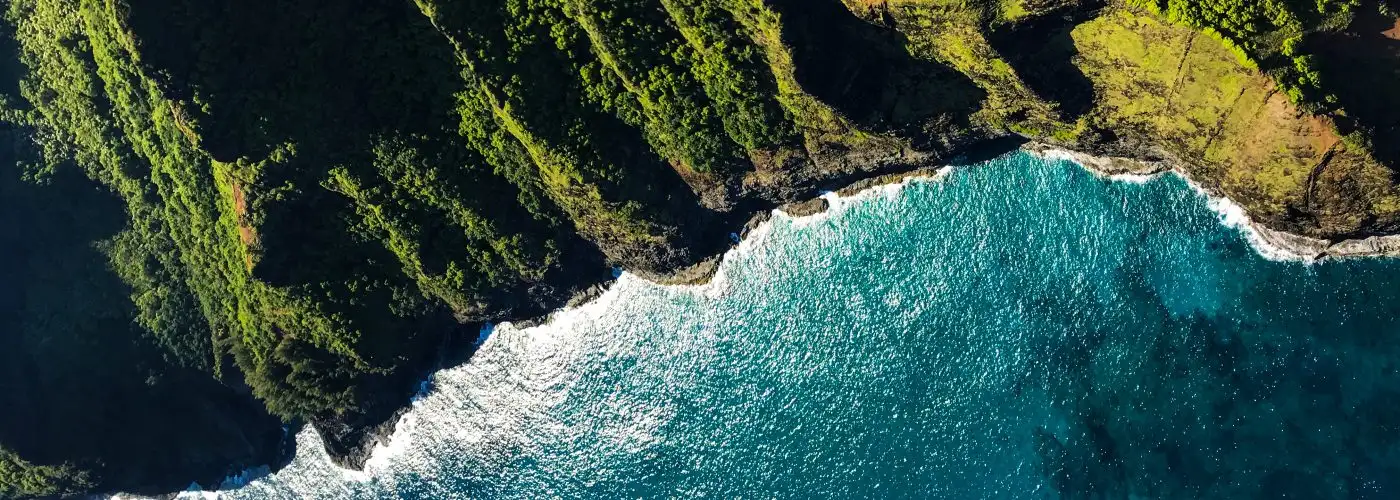The bright and tropical Hawaiian Islands you see on vintage travel posters represent an island chain on the brink of mass tourism during the Golden Age of travel in the 1920s and 30s. Those pictures depict a warm, welcoming, and wanderlust-inducing world in a faraway land.
The true Hawaiian Renaissance occurred in the ‘60s and ‘70s, however, and it’s culturally similar to other movements of the era: pioneered by music. And while many visitors experience hula dancing and traditional music at a luau on vacation, it was the renewed interest in Hawaiian language, farming techniques, and other traditions that led to an overall increase in Hawaiian pride. The resurgence also encompassed Polynesian culture and voyaging, which remain ever-present in the Hawaiian identity.
Nowadays on the Hawaii Islands, you’ll find shopping malls, chain restaurants, and expensive and romantic resorts shaped by the tourist habits of the masses—which to some is a far cry from the culture they’re actually looking for. Development and urbanization aren’t necessarily bad things, but it has meant that the Hawaiian Islands haven’t been as accessible to solo travelers, budget-conscious travelers, East Coast residents, or those looking for an authentic Hawaiian experience.
Is another cultural Hawaiian Renaissance on its way, though? Thanks to a generation of inspired locals and travelers, as well as the introduction of a new airline and routes, it just might be. This year is shaping up to be one of the best times to plan a vacation to Hawaii, no matter which island is on your bucket list or the type of traveler you are. Here are five reasons why a visit to Hawaii should be on your 2019 travel radar.
Honolulu Is More Accessible Than Ever

Honolulu, Oahu, is now serving nonstop routes from many major U.S. cities beyond the west coast, including Atlanta, Boston, Chicago, Dallas, Detroit, Houston, Minneapolis/St. Paul, New York, Toronto, and Washington, D.C.
Air Canada, Alaska, American, Delta, Hawaiian, Southwest, Sun Country, United, and WestJet all fly from the mainland now, which increases price competition, especially on some of the long-haul routes. JetBlue members can also earn points with Hawaiian Airlines, so if you’re coming from the east coast, that’s a decent number of earned miles.
Another win for travelers is Hawaiian’s introduction of basic economy fares, which will be about $30 to $50 less than regular economy fares. Unlike Sun Country’s and United’s basic economy fares, you can bring a carry-on for no additional cost. Alaska, American, and Delta also offer basic economy fares to Honolulu.
Hawaii Interisland Flights Have Never Been Easier
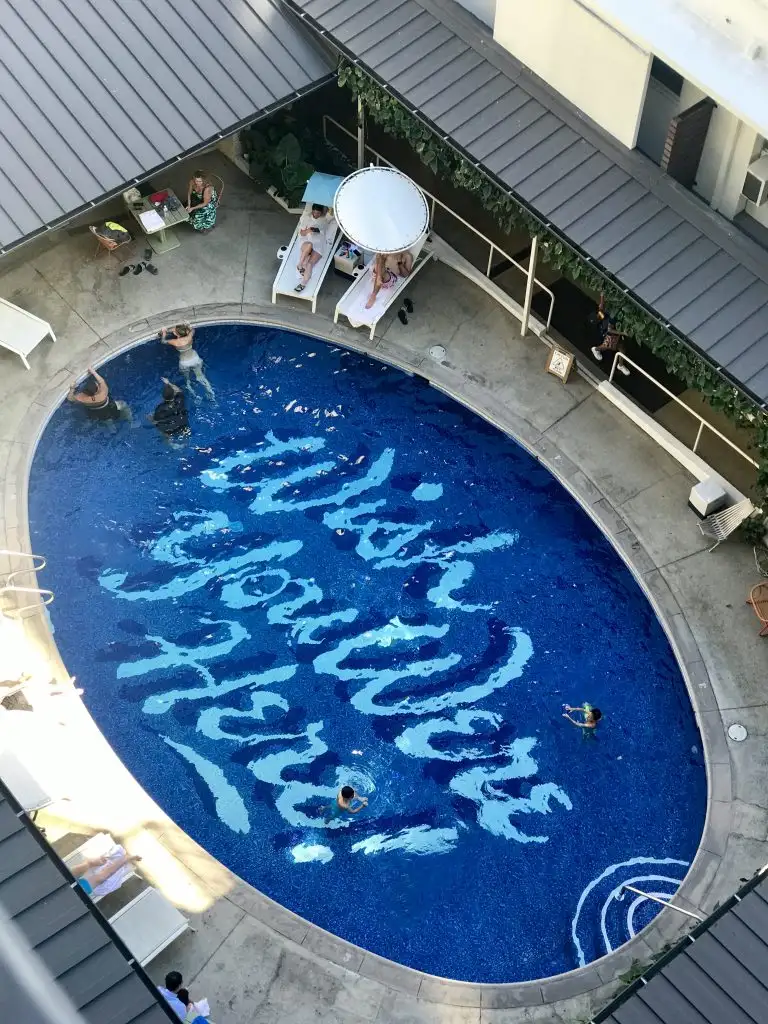
The beauty of the Hawaiian Islands go well beyond Waikiki’s glitzy beaches. Each island has its own culture, unique activities, and geography, and they’re all worth exploring in their own right. Now with more nonstops to Honolulu, it’s easier to access them.
Hawaii interisland flights are also more frequent and less expensive thanks to increased price competition from Southwest’s entrance into the market. Because of this you can now you can fly more easily from Oahu to Kauai, Maui, and the Big Island (Kona and Hilo), especially from the east coast. Stay up to date with Southwest’s Hawaii interisland flights here.
Hawaii Isn’t Just for Honeymooners Anymore
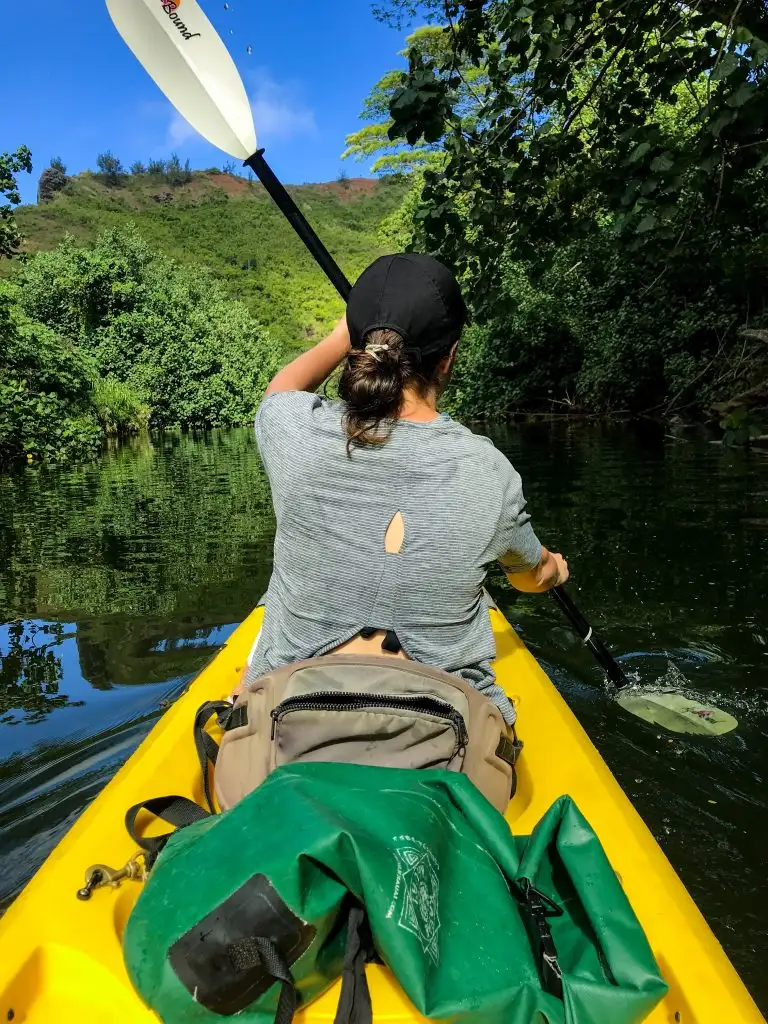
On a recent visit to Hawaii, I traveled to both Oahu and Kauai as a solo traveler. Previously I had been to Maui with my family and Oahu with my boyfriend, so this was a totally different type of trip for me. Sure, the Hawaiian Islands make for a great romantic destination or family vacation, but thanks to my somewhat off-the-beaten-path itinerary, I was able to enjoy Hawaii in a unique way.
In Honolulu, I toured street art with local artists and ate poke from a fish market; I sampled fried mochi at a farmer’s market; swam with sharks on a dive led by a marine biologist; and visited a working produce farm. In fact, I barely went to the beach or hotel pool.
In Kauai, I rented a car and drove to the Waimea Canyon for hiking, toured a coffee farm, kayaked to a waterfall, and hung out at a juice bar in the laidback town of Kapaa.
I also noticed the hotel landscape in Oahu changing. Recently developed hotels like The Laylow, the Waikiki Beachcomber by Outrigger, the Shoreline Hotel Waikiki, and the Surfjack Hotel & Swim Club are catering to younger crowds looking to go beyond the beachfront resort experience—think trendy designs, in-house coffee shops, boutiques, onsite breweries, and pool parties. Many of these newer hotels are located a block or two from the beach, which also means they have lower nightly rates.
Hawaii Can Be Budget-Friendly
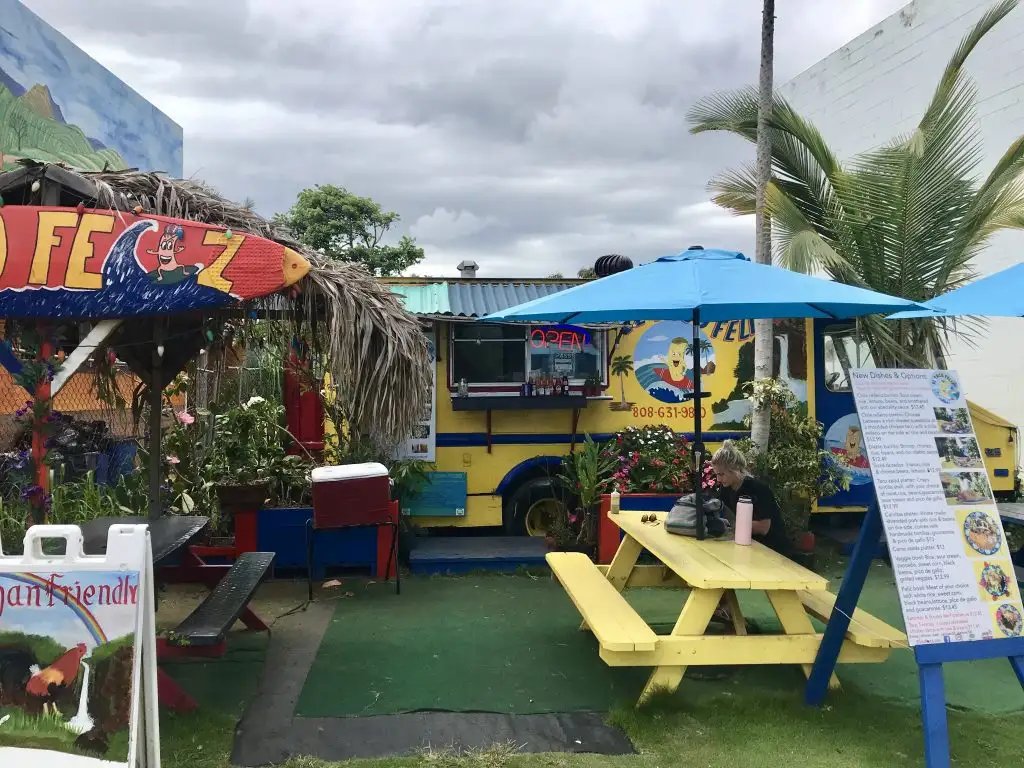
I also found on-the-ground costs to be more affordable on Hawaii than I was expecting. Fish markets, farmer’s markets, juice bars, and food trucks give travelers plenty of authentic food options beyond those provided at big resorts or tourist centers.
In Kauai, my four-star hotel, Aston Islander on the Beach, had a kitchenette and dining table where I could prepare my own food; the nightly rate was under $200.
On both islands, I found plenty of free activities like hiking in Kokee State Park in Kauai, lounging on the North Shore in Oahu, and participating in a beach cleanup in Honolulu.
Overtourism Isn’t a Huge Problem … Yet
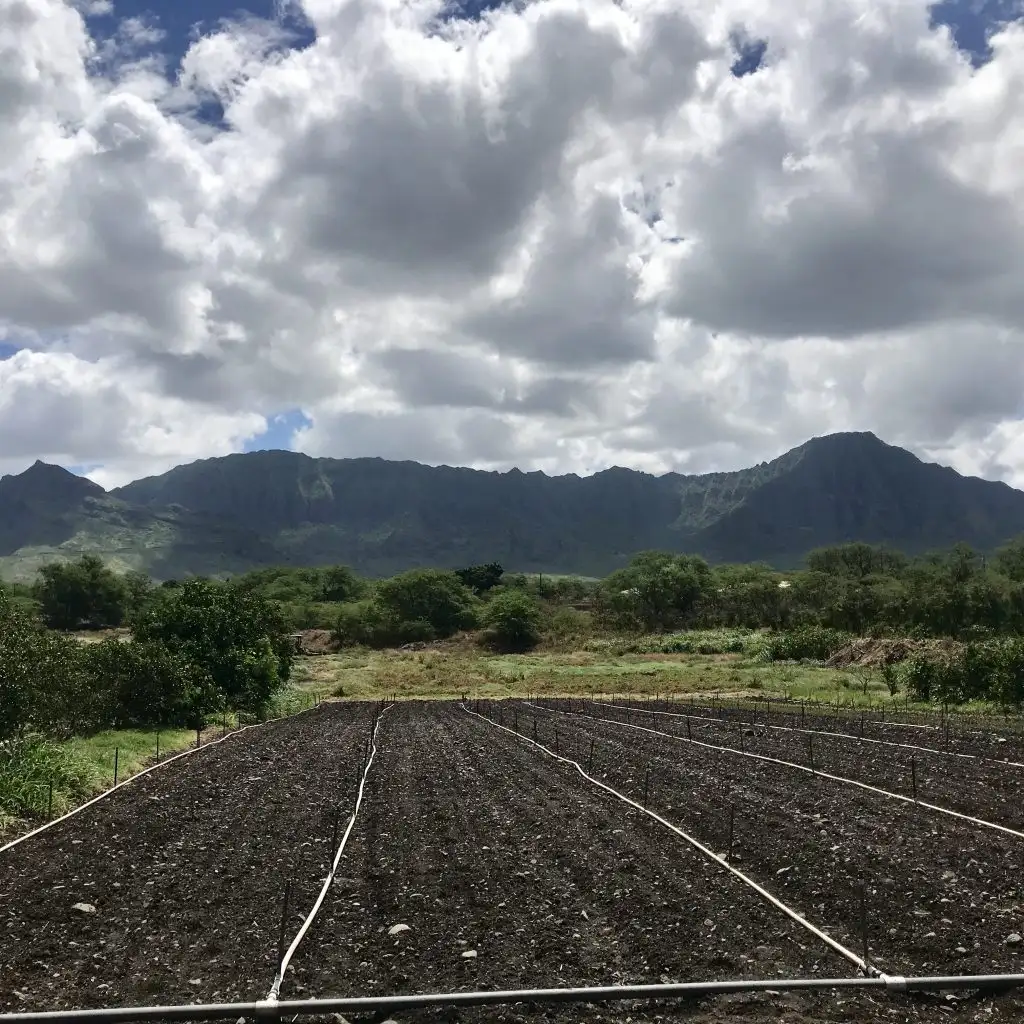
Overtourism is cause for concern in any popular tourist destination, but I didn’t feel the negative effects of it on my recent trip. In Hawaii, locals and the government seem to be working to protect the land and culture.
That’s not to say that tourism doesn’t place any strain on the islands. Oahu sees the most tourists with close to 6 million annual visitors; second to that is Maui with just about half of that, followed by the Big Island at 1.7 million, and Kauai at 1.3 million.
Oahu, where more than 92 percent of food is imported to support demand, has seen a rise in small farms to help meet the demand in a sustainable way. One example of this MA’O Organic Farms, which has a youth program for teaching agricultural sustainability and practices (you can take a tour of the farm with Hawaii Forest and Trail). Other companies, like Ko Hana Distillers, converted a sugar cane plantation into a rum distillery. And ranches, like Gunstock Ranch, offer a tree planting tour in addition to horseback riding tours, which helps restore native tree species on plots of farmland.
The tourism industry is doing its part, too, by promoting agritourism activities, participating in carbon offset programs, and distributing reef-safe sunscreen. Additionally, island habitats are given time to heal after natural disasters, as seen with the recovery efforts after the volcanic eruption on the Big Island, or with road closures on the North Shore of Kauai after damaging floods and landslides.
With this mindset of sustainability and protection, Hawaii looks to be committed to curbing the effects of overtourism for future generations.
[viator_tour destination=”278″ type=”3-mod” tours=”2804P24,21999P1,5132EXP”]
More from SmarterTravel:
- The Essential Hawaii Packing List
- What’s the Best Island in Hawaii for You?
- The 7 Most Romantic Hawaii Resorts
Ashley Rossi visited Oahu and Kauai courtesy of the Oahu Visitors Bureau and the Kauai Visitors Bureau. Follow her on Twitter and Instagram for travel tips, destination ideas, and off the beaten path spots.
We hand-pick everything we recommend and select items through testing and reviews. Some products are sent to us free of charge with no incentive to offer a favorable review. We offer our unbiased opinions and do not accept compensation to review products. All items are in stock and prices are accurate at the time of publication. If you buy something through our links, we may earn a commission.
Related
Top Fares From
Today's Top Travel Deals
Brought to you by ShermansTravel
Shop and Save with Country Inns...
Patricia Magaña
 Hotel & Lodging Deals
Hotel & Lodging Deals
$229 -- Chicago: Discounted Rates and...
Francesca Miele
 Hotel & Lodging Deals
$229+
Hotel & Lodging Deals
$229+
$188 -- Honolulu: Save on Oceanview...
Abigail Lamay
 Hotel & Lodging Deals
$188+
Hotel & Lodging Deals
$188+
